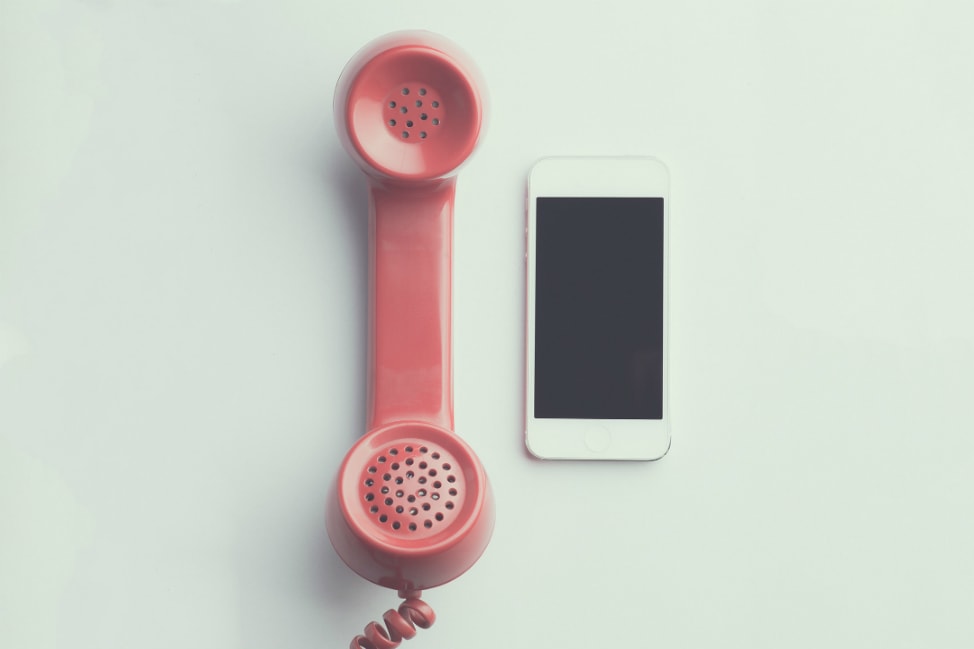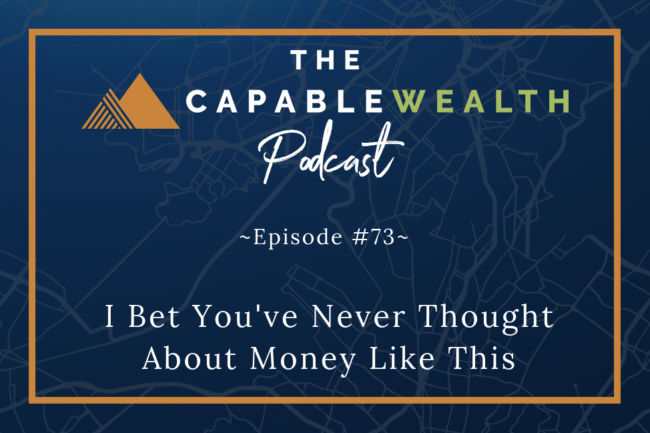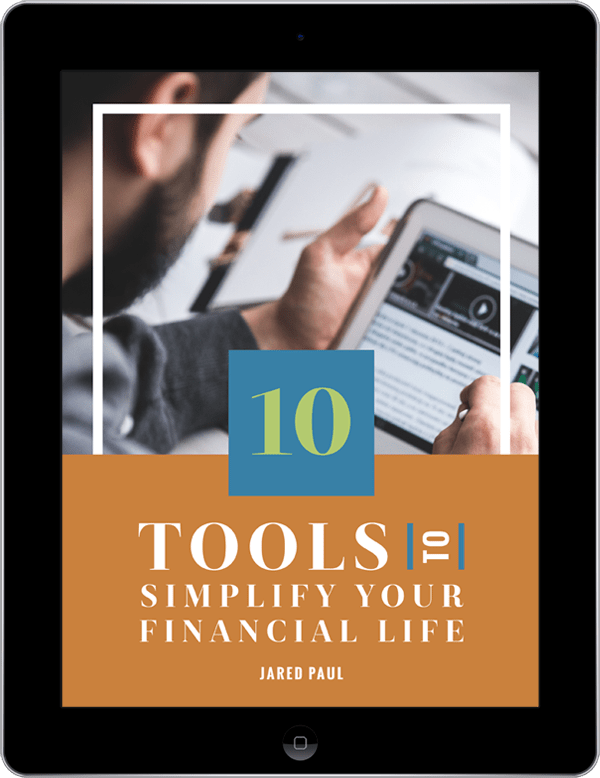I recently purchased a new phone. It was about time!
I had been dealing with a quickly-dying hunk of metal for a while.
For years I’ve used an iPhone, so when I went into the store to get a new phone that was the section I gravitated toward. (No, we don’t need to have an iPhone vs Samsung debate, that’s beside the point.)
When I was looking at phones the store employee began showing me the newest models. The iPhone X is their latest model, and comes packed with a ton of features.
But when I looked at the sticker price I was shocked. A phone that is retailing for $1,000!! Are you kidding me?!
I opted for the iPhone 8 to save a few hundred bucks. After all, I really don’t care about a number of the new features of the iPhone X, and the thought of paying over $1,000 for a phone just rubs me the wrong way.
After this experience, it got me thinking. How much money could you save if you always opted to get yesterday’s model instead of the newest version for all of the purchases we make?
PAST OR PRESENT
The idea is pretty straight-forward, but usually overlooked.
Every time you go to make a purchase, whether it’s buying a new phone, computer, car, etc., if you go for the latest-and-greatest, you’re going to have to pay up for it.
However, if you opt to buy the more outdated model (but still really good!) then you’ll likely save a good chunk of change.
Here are some examples of what I’m talking about.
PHONE
As I mentioned earlier, the iPhone X is retailing at $999. The iPhone 8 is retailing for $699. That’s a $300 savings right there.
And the iPhone 6s is retailing at $449 – half the price of the iPhone X. This isn’t a hunk of metal that doesn’t work, by the way. The iPhone 6s is still a high-powered smart-phone.
Is there really that much of a difference in performance between the 8 and the X? After all, we were all pretty happy when the new version 3 years ago came out. Why do we need the fingerprint ID or the retina display?
COMPUTER
The new MacBook Pro is retailing for around $1,999, not including all of the upgrades that are available. Include those and you can quickly get yourself up near the $3,000 price-range.
It gets a little more difficult to buy “last year’s” models for computers because they usually discontinue them fast. But even by opting for the base models without all of the new “bells and whistles” you can save in the hundreds, or even thousands.
CAR
This is a great category to save a ton of money.
Car dealerships hate having last year’s models sitting around. They are harder to sell, especially once the newer models reach the lots and they have to sit next to one another.
In this article by autotrader.com, they talk about the potential savings you can get by buying used vs new. As you’re making this decision, you have to think about more than just the sticker price, and factor in the underlying cost of buying used. But by buying an older model, you can save thousands of dollars.
Also, it doesn’t always have to be a used car. If you go looking for cars at the end of a sales season you might be able to pick off the older models that are being pushed out to make room for the new models.
TV
TV’s are one of the items that drop in price the quickest.
According to this article by Consumer Reports, “A 50-inc TV can cost $1,100 when it first hits the market, drop to $880 a few months later, and cost as little as $650 when stores are trying to clear out stock to make room for next year’s models.
Just by waiting a few months you can get the same exact TV for hundreds of dollars cheaper.
LIFE-TIME SAVINGS
If you start to do some quick math, we can figure out what affect these types of decisions will make over the course of your life.
I took into account the average number of times a person buys each item listed, how much they might save, and added it up. It totaled over $60,000 in savings.
This doesn’t factor in if you invested those savings over the course of your lifetime.
I’ll admit, when I first ran these numbers, I was shocked. So, I ran them a second time.
Using a moderate 8% rate of return, I calculated that if each time you took your savings and invested them, over the course of your lifetime it would grow to close to $1 million.
You read that correctly!
Wow!
So, the next time you’re contemplating if you should buy the latest-and-greatest edition of anything, think twice. And remember what it could cost you over a lifetime.
Capably Yours,
Jared















